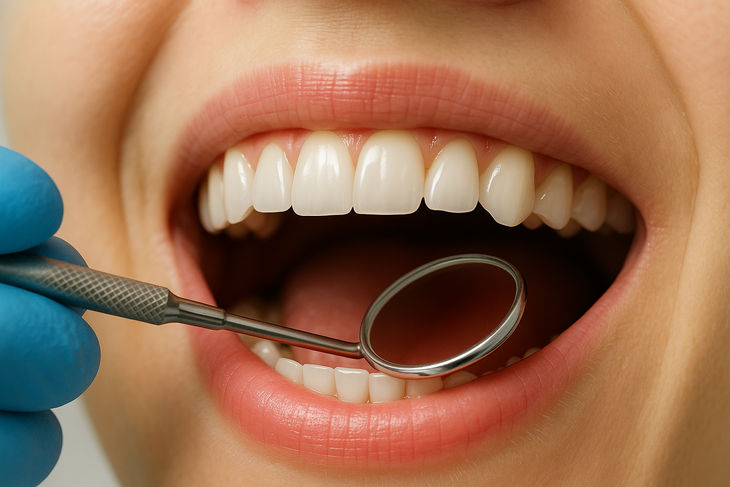
Culturing teeth from the patient's own cells can create new, natural teeth with no risk of rejection, and can integrate perfectly into the jawbone structure, restoring function like a real tooth - Illustration photo AI
According to The Independent , a team of scientists at King's College (UK) has developed a special material that helps cells connect with each other and begin to form tooth structure. This material creates ideal conditions for cells to send signals and coordinate to form a complete tooth, similar to what happens in the human body.
"We have created an environment using a new material that allows cells to communicate effectively with each other, thereby starting the process of tooth formation 'in a petri dish'. This is the first step towards being able to create human teeth in the lab in the near future," said Dr. Ana Angelova-Volponi, director of the Centre for Regenerative Dentistry at King's College London.
Currently, fillings and dental implants are two popular methods used to restore lost teeth. However, both methods have certain disadvantages: fillings can weaken the tooth structure and only last for a short time, while implants require invasive surgery and can lead to long-term complications.
Xuechen Zhang, a researcher at the department of dentistry, oral and craniofacial sciences at King's College London, UK, explained: "Dental fillings are not a long-term solution and can weaken the tooth structure. Implants also have limitations as they require surgery and cannot completely restore the natural function of the tooth. In contrast, lab-grown teeth will grow naturally and integrate into the jawbone like a real tooth."
The ability to naturally regenerate teeth has been discovered in some animals, such as sharks and elephants, which can grow new teeth throughout their lives. However, humans only have one set of permanent teeth, and when they are lost, there is no way to regrow them. So the discovery by scientists at King's College London marks a major step forward in overcoming this limitation for humans.
This research not only brings new hope to people with missing teeth, but also promises to improve the quality of dental treatment, helping to reduce invasive surgeries and providing long-term tooth regeneration solutions.
Regenerating new teeth as perfect as lost teeth
Scientists are currently investigating two strategies for developing dental regeneration in the lab. One is to grow complete teeth in the lab and then implant them into the missing tooth site. The other is to transplant early-stage tooth cells directly into the patient’s jawbone, where they will continue to grow naturally.
Both methods aim to create a complete new tooth that can integrate into the jawbone and function like a real tooth.
Source: https://tuoitre.vn/dot-pha-y-hoc-nuoi-cay-thanh-cong-rang-nguoi-trong-phong-thi-nghiem-20250423102858993.htm


![[Photo] Prime Minister Pham Minh Chinh chairs Government Standing Committee meeting on Gia Binh airport project](https://vphoto.vietnam.vn/thumb/1200x675/vietnam/resource/IMAGE/2025/5/10/6d3bef55258d417b9bca53fbefd4aeee)










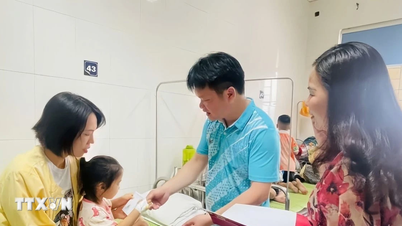




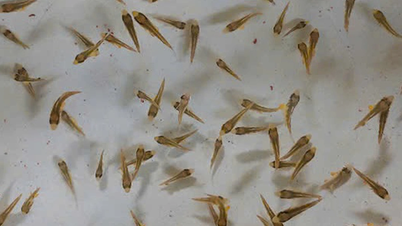





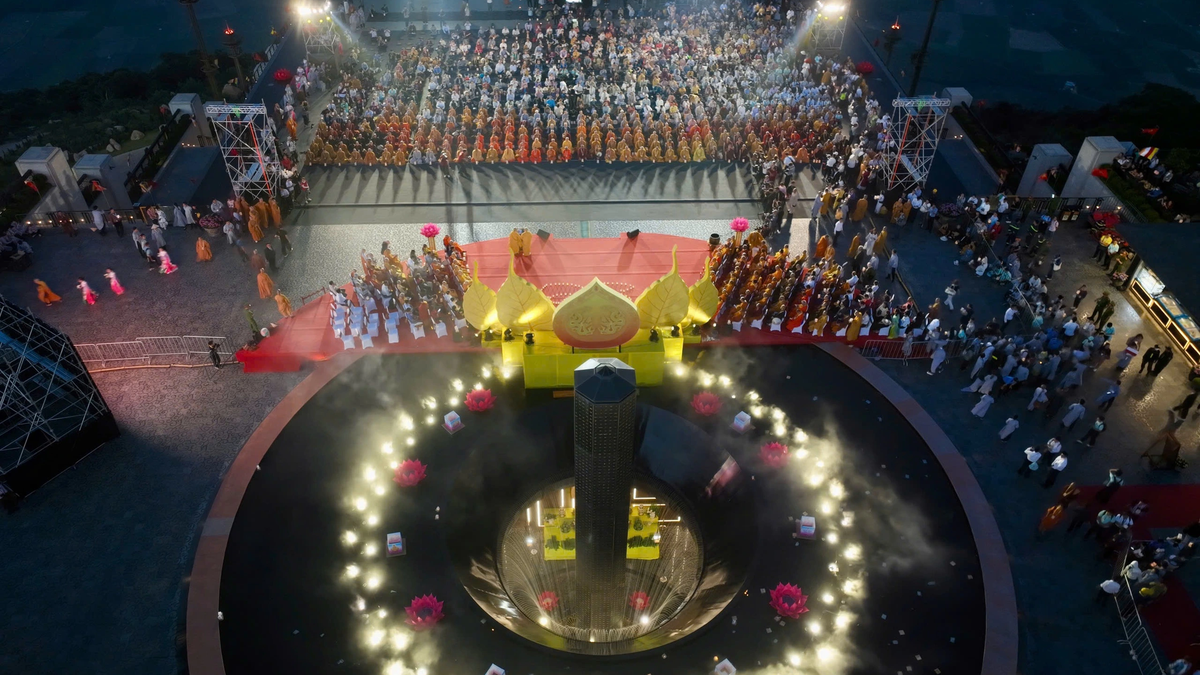
















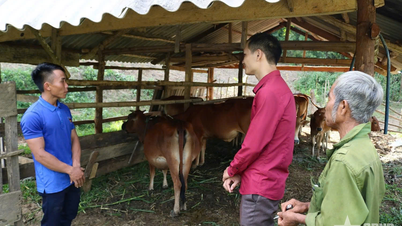



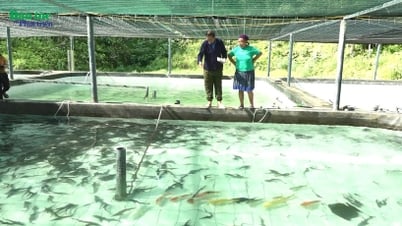






























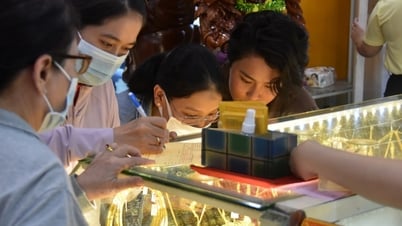














Comment (0)